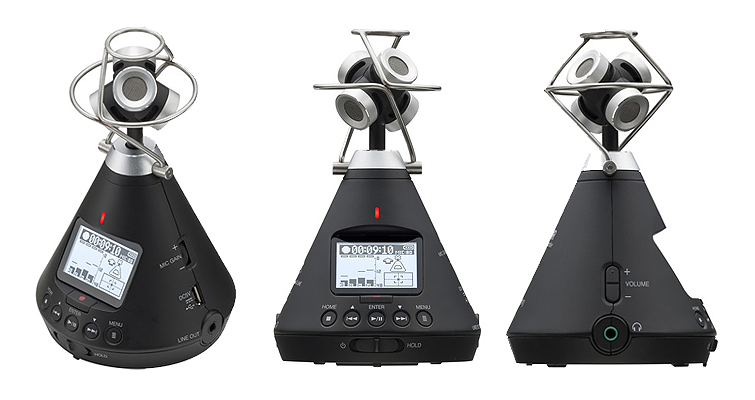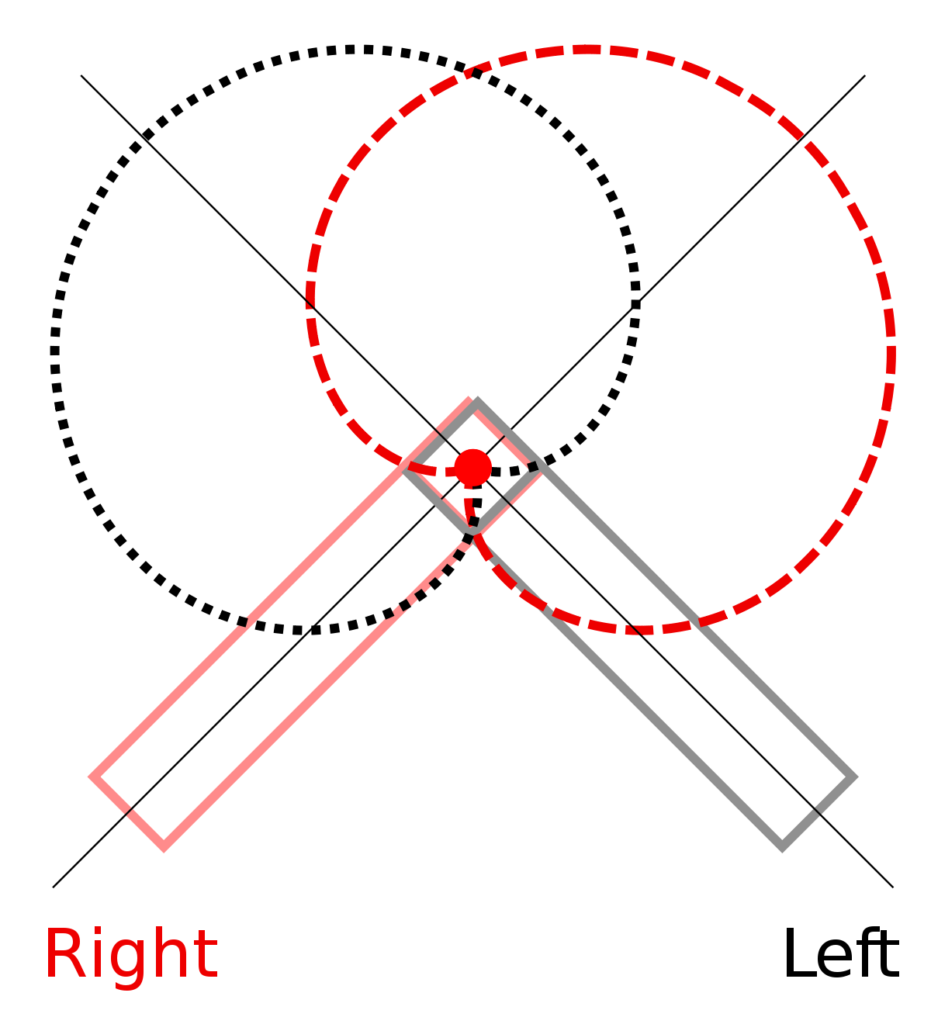Introduction
Blumlein Pair microphone technique, named after its ingenious inventor Alan Dower Blumlein, has left an indelible mark on the world of audio recording. This innovative approach, characterized by its use of two bidirectional polar pattern microphones arranged at a 90-degree angle, offers a unique and immersive way to capture sound in stereo. In this article, we’ll delve into the depths of the Blumlein Pair technique, exploring its history, applications, and how it continues to shape the way we experience and appreciate audio recordings
The Innovations of Alan Dower Blumlein
Alan Dower Blumlein, an English engineer and inventor, made significant contributions to the field of audio technology during the early 20th century. His groundbreaking work led to the development of the Blumlein pair microphone technique, which revolutionized stereo recording.
Blumlein’s innovation stemmed from the realization that the human auditory system relies on differences in sound arrival times and intensity between our ears to perceive directionality and depth. To replicate this natural hearing experience, he devised a method involving two bidirectional microphones arranged at a 90-degree angle to one another, creating an X-Y pattern. This setup, known as the Blumlein pair, became the foundation for stereo microphone recording as we know it today.
The Art of Capturing Space
One of the key attributes of the Blumlein pair technique is its ability to capture the spatial characteristics of sound. Unlike some other stereo recording methods that rely on artificial processing to achieve width and depth, the Blumlein pair excels at faithfully representing the ambiance and spatial information of the recording environment.
The 90-degree angle between the two figure-8 microphones allows them to pick up sound from both the front and rear directions while rejecting sounds from the sides. This results in a stereo image that is rich in detail and natural in its presentation. Musicians and engineers favor the Blumlein pair for recording acoustic instruments, choirs, and ensembles, as it beautifully captures the sonic panorama of these sources.
Blumlein Pair Versatility: Studio and Live Sound Applications
The Blumlein pair’s versatility extends to both studio and live recording environments. In the studio, it is commonly used for capturing the nuances of acoustic instruments such as pianos, acoustic guitars, and strings. Its ability to reproduce the instrument’s tonal qualities and the sound of the room make it a favorite choice among audio engineers seeking an authentic and natural sound.
In live sound reinforcement, the Blumlein pair can be deployed to capture the ambiance and audience reactions, providing a more immersive listening experience for live recordings or broadcasts. However, it’s essential to consider the acoustics of the venue and microphone placement to avoid unwanted feedback and noise.
Choosing the Right Microphones for Blumlein Pair Recording
While the Blumlein pair technique can be executed with various bidirectional microphones, the choice of microphones plays a crucial role in achieving optimal results. Ribbon microphones, known for their warm and natural sound, are often favored for Blumlein pair recording. High-end condenser microphones with figure-8 patterns are also suitable options.
Matching the characteristics of the two microphones used in the Blumlein pair is essential to ensure balanced and accurate stereo imaging. Mismatched microphones may result in phase discrepancies and an unbalanced stereo field.
Enhancing Stereo Recordings: Post-Production with the Blumlein Pair
Post-production offers a wealth of possibilities for fine-tuning stereo recordings. Engineers can adjust the stereo width, emphasize certain frequencies, and add reverb or other effects to enhance the spatial qualities of the recording. Additionally, this technique can serve as the foundation for creating other stereo formats, such as Mid-Side (M/S) or X/Y stereo, during post-processing
Conclusion
In summary, the world of audio recording owes a significant debt to the visionary work of Alan Dower Blumlein and his enduring legacy, the Blumlein pair microphone technique. This technique, revered for its ability to capture the authenticity of sound and the ambiance of recording spaces, remains an invaluable asset for audio professionals and enthusiasts alike. Through meticulous microphone selection and skilled post-production refinement, the Blumlein pair technique empowers musicians and engineers to craft immersive and genuine audio experiences.



